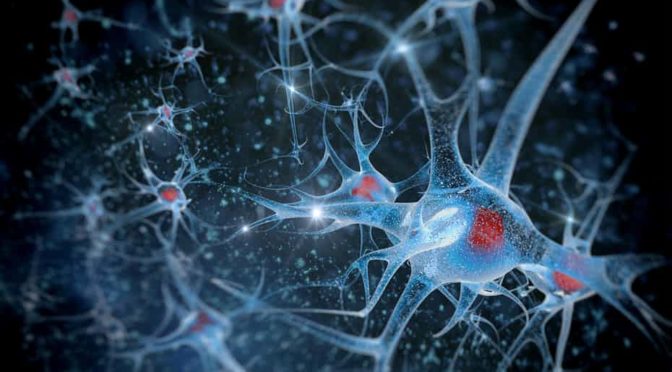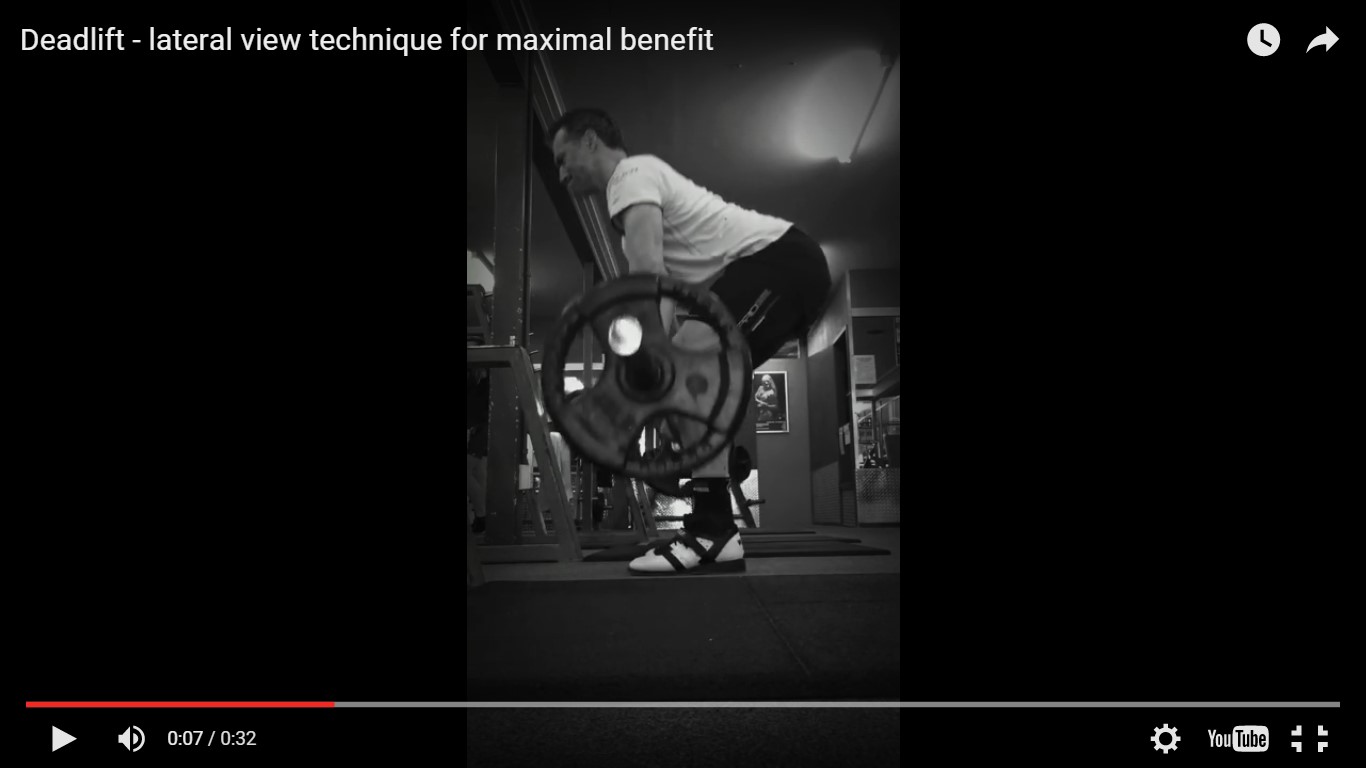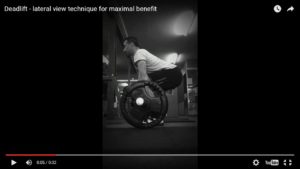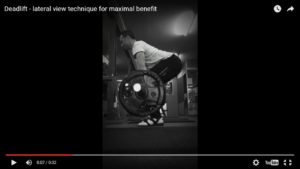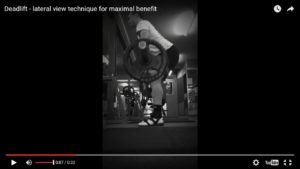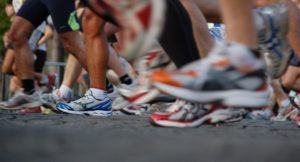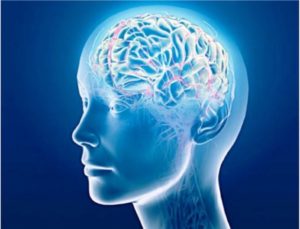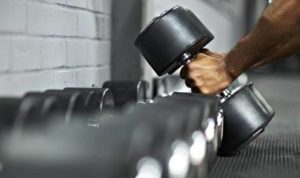There has been a significant amount of research conducted and published recently that seeks to better understand the precise resistance training parameters required to maximise muscle strength and morphology in healthy old adults. This has been driven largely by the growing acknowledgment and concern related to the process of sacropenia that occurs with ageing whereby muscle mass, strength and functional capacity decline. Both the practical and clinical implications of this are far reaching for each individual affected, but have far wider social, economic and political ramifications regarding future health care policy in relation to the ageing population. Of the many interventions explored, resistance training has been shown to rapidly improve various aspects of muscle morphology and function. In fact, results of studies looking at this form of exercise suggest that most, if not all adults over the course of their lifespan, should indulge in regular, challenging resistance training.

The rest between each set of repetitions performed during a resistance training session – known as the inter-set rest period – is something that has been recently explored. Attempts to discover the optimal inter-set rest period of time to maximise the effectiveness of a training program continues, but so far consensus has been difficult to establish. Results from studies (see below) conducted in healthy old untrained men compared to young resistance-trained men produced completely opposite conclusions with shorter 1-minute rests augmenting strength and hypertrophy better in the former group but longer 3-minute rests working better for the latter group. The question arises, how is this possible? At face value, these results suggest that resistive exercise adaptations may be training-status and/or age-specific.
I recently emailed the authors of these papers to canvass some of the possible methodological confounders that may have influenced the results by skewing them in favour of one group over another. Given that such research often informs future recommendations regarding best practice when designing resistance training programs, any possible confounders affecting the results need to be highlighted. Robust discussion is required in an effort to further strengthen and validate the conclusions of these studies so that bodies like National Strength and Conditioning Association (NSCA) can make accurate and evidence-based recommendations.
The following analysis is a summary of the email I sent to the authors for comment. Unfortunately, I did not receive any feedback which was pretty disappointing. The 2 key papers are (with full citation at the end):
“Dose-response relationships of resistance training in healthy old adults: A systematic review and meta-analysis”
“Short rest interval lengths between sets optimally enhance body composition and performance with 8 weeks of strength resistance training in older men”
COMMENT: Whilst I am open to the possibility that shorter interset rest periods could potentially lead to greater muscular strength and hypertrophic adaptations in untrained healthy older men, I am also trying to reconcile results of another recently published paper by Schoenfeld and colleagues titled “Longer inter-set rest periods enhance muscle strength and hypertrophy in resistance-trained men” that found the direct opposite. Perhaps this is not so surprising if most of the decline in skeletal muscle mass with ageing, as shown by Nilwik et al (2013) a few years ago, results almost exclusively from atrophy of type II muscle fibres. Taken together these divergent results would suggest that resistive exercise adaptations may be training-status and/or age specific.

I have not come across any discussion or research so far that has attempted to correlate the relationship of the effectiveness of shorter or longer interset rest periods with the observed selective atrophy of type II muscle fibres which has been shown to occur in untrained older men. It would be interesting to see if the disproportionate representation of slow twitch muscle fibres in untrained older men somehow decreases the effectiveness of longer interset rest periods.
My proposition, however, is this. The key finding – that a shorter interset rest period was found to be superior – could have been confounded by:
- The testing protocol utilised and;
- A small group of participants reducing the power to detect whether significant differences exist in true baseline training status and “responsiveness” to training during week 0 to week 4 of the matched groups.
I should point out that the statistical analysis as it stands doesn’t support my comments so please bear this in mind.
The variables and areas that I would like to focus on and discuss are:
- The testing protocol utilised to assess 1-RM performance.
- Age differences found and whether age was adjusted for all phases.
- Baseline Margaria stair-climbing power.
- The rate and percentage improvement differences found for Bilateral Leg Press 1RM (kg) week 0 to week 4 when all subjects were doing the same program during Mesocycle I.
- The rate and percentage improvement differences from week 0 to week 4 for the walking test when all subjects were doing the same program during Mesocycle I.
- Some statistical and data anomalies that I couldn’t make sense of.
For the remainder of the article I will use SS to refer to short inter-set rest periods and SL will refer to longer inter-set rest periods.
After reading through the testing protocol used to assess 1-RM performance it seems to me that this unfairly advantages the SS group. The strength training phase for the SS group from week 4 to 12 used 1-minute interset rest periods whilst the SL group used 4 minutes. With the testing protocol using 1-2 minute rests between 1-RM attempts the SS group would have been far better adapted both physically and mentally to perform maximally for this testing protocol because their training closely resembled testing procedures. Maybe some of the testing should have included 4-minute rests between 1-RM attempts to control for this. As it stands, the methodological approach taken for this study could have produced significantly greater 1-RM strength testing outcomes in the SS group.
Ironically, the study by Schoenfeld and co. (younger trained men) found that longer rests (3-minutes) were superior to shorter (1-minute) for strength and hypertrophy gains. But once again the results may have been skewed because the testing protocol more closely matched the longer rest period group where they used 3-5 minute rest periods during testing.
During Mesocycle II an 8 week strength training phase was completed where only the interset rest period differed. This phase was adjusted for values at week -4 and 0, as well as age. During Mesocycle I, a 4 week high-volume, moderate-intensity hypertrophic training phase was followed by all participants. After adjusting for values at week -4 results showed all subjects significantly improved in training and testing parameters. However, I’m wondering if age was adjusted for during Mesocycle I as there is no reference that this was done in the results described for this phase on p.301.
At baseline most variables in Table 1 page 297 show that there were no significant differences between the SS and SL groups. The variable that caught my eye that I found interesting was Margaria stair-climbing power (W) with a trend toward a significant difference (p=0.07) in favour of SS. Whilst not reaching p<0.05 level, the 26.6% greater power achieved for the week 0 Margaria test in the SS vs. SL group is fairly large by any measure. This test would be the best indicator of lower body power and would also be the most challenging in terms of motor pattern complexity thus making it perhaps the most sensitive in determining baseline group differences in training status compared to the other variables measured. By extension, if we assume that there was perhaps some sort of training status difference at baseline between SS vs SL, the overall improvements from training would be skewed in favour of the SS group.

During Mesocycle I all subjects performed the same training program. Results showed that following this phase of training, the 2 treatment groups were comparable for most variables apart from the narrow/neutral lat pulldown and some of the SEBT tests. The significant difference found for the pulldown is surprising with an increase in the SS group from 336.2 kg to 380.2 kg (+13.1% increase over baseline) vs SL from 299.4 kg to 339.9 kg (+13.5% increase over baseline).
In relation to the Bilateral leg press 1-RM (kg) baseline values for SS vs SL were 224.0 kg and 215.3 kg, respectively, increasing to 327.9 kg and 278.7 kg at week 4. The average absolute increase in kilograms lifted for 1-RM were thus 103.9 kg for SS and 63.4 kg for SL. So a baseline difference of 8.7 kg increased to 40.5 kg by week 4. Figure 1b for the Leg Press is quite telling too for the week 0 to week 4 period. The improvement of the SS group compared to the SL group during Mesocycle I is visually very noticeable with the gradient of improvement of the SS group much steeper than the SL group.
In relation to the 400-meter walking test baseline values for SS vs SL were 182.8 and 187.2 seconds, respectively, decreasing to 164.6 and 176.3 seconds after 4 weeks training. Absolute decreases in time taken to perform the walking test were therefore 18.2 seconds for SS and 10.9 seconds for SL. This comparison I think is illustrated even better if both groups are compared for the distance differential after completion of this test. At baseline, the SS group would have finished 9.4 metres in front of the SL group. After 4 weeks of Mesocycle I training the SS group would have finished 26.5 metres in front of the SL group.
These testing results seen over Mesocycle I are pretty decent and if observed in a field situation would constitute a difference in training responsiveness.
For the Margaria stair-climbing power test the week 12 data as presented in Figure 3b has to be either a mistake or a misprint. In table 2 the SD for this test at week 12 was 1117.3 W compared to what appears to be almost 2300 W in figure 3.
SUMMARY: The single biggest issue with the finding that shorter 1-minute rests augment strength better in older untrained men, is that the testing protocol utilised a short rest period between maximal efforts thereby favouring the group that trained in this fashion.
Possible baseline differences in lower body power and differences in training “responsiveness” during the first Mesocycle phase are other potential issues that I would have liked investigated or explored further.
References
Borde, R., Hortobágyi, T. and Granacher, U. (2015) “Dose-response relationships of resistance training in healthy old adults: A systematic review and meta-analysis” Sports Med. 45: 1693-1720
Nilwik, R. et al. (2013) “The decline in skeletal muscle mass with aging is mainly attributed to a reduction of type II muscle fiber size” Experimental Gerontology. 48: 492-498.
Schoenfeld, B.J. et al. (2015) “Longer inter-set rest periods enhance muscle strength and hypertrophy in resistance-trained men” The Journal of Strength and Conditioning Research. November http://www.researchgate.net/publication/284711582
Villanueva, M.G., Lane, C.J. and Schroeder, E.T. (2015) “Short rest interval lengths between sets optimally enhance body composition and performance with 8 weeks of strength resistance training in older men” Eur J Appl Physiol. 115: 295-308.
